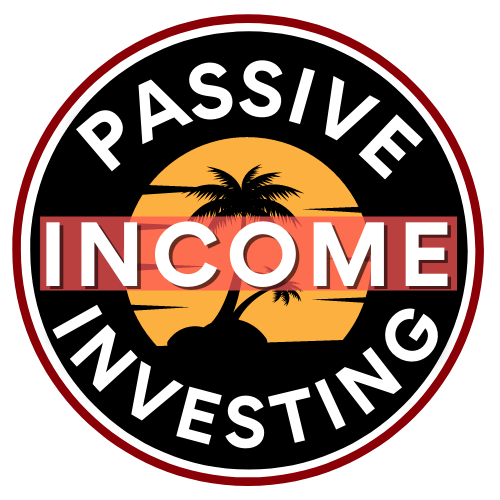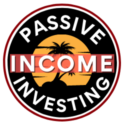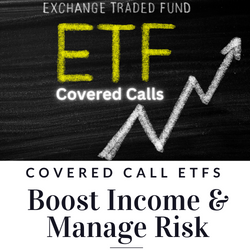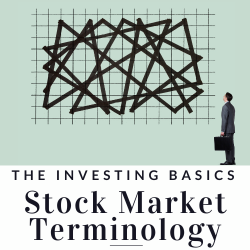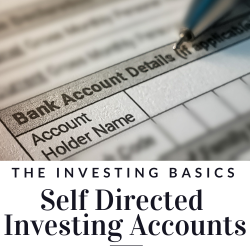
The Basics: Self-Directed Investing Accounts
The most straight forward way to DIY invest is to open your own self directing investing account, here are some of the self directed investing accounts available in Canada and in the U.S.A
Canada:
Tax-Free Savings Account (TFSA): A registered account that allows Canadians to save and invest money tax-free, with contribution limits that vary based on the individual’s age.
Registered Retirement Savings Plan (RRSP): A registered account that allows Canadians to save for retirement and defer taxes until withdrawal, with contribution limits that vary based on the individual’s income.
Registered Education Savings Plan (RESP): A registered account that allows Canadians to save for their children’s education and receive government grants and incentives, with contribution limits that vary based on the individual’s income.
Non-Registered Cash Account: An investment account that is not registered with the government and does not offer any tax benefits, but provides investors with more flexibility in their investment choices.
U.S.A:
Individual Retirement Account (IRA): A retirement savings account that allows Americans to save for retirement and defer taxes until withdrawal, with contribution limits that vary based on the individual’s age and income.
401(k) Plan: An employer-sponsored retirement savings plan that allows Americans to save for retirement and defer taxes until withdrawal, with contribution limits that vary based on the individual’s income.
Roth IRA: A retirement savings account that allows Americans to contribute after-tax dollars and withdraw funds tax-free in retirement, with contribution limits that vary based on the individual’s income.
Health Savings Account (HSA): A savings account that allows Americans with high-deductible health plans to save money tax-free for medical expenses, with contribution limits that vary based on the individual’s age and coverage.
If you want an additional resource, check out The Ultimate DIY Investing Package: Designed to save DIY investors countless hours of researching the best funds to build a portfolio without the need of “stock picking” individual companies.
